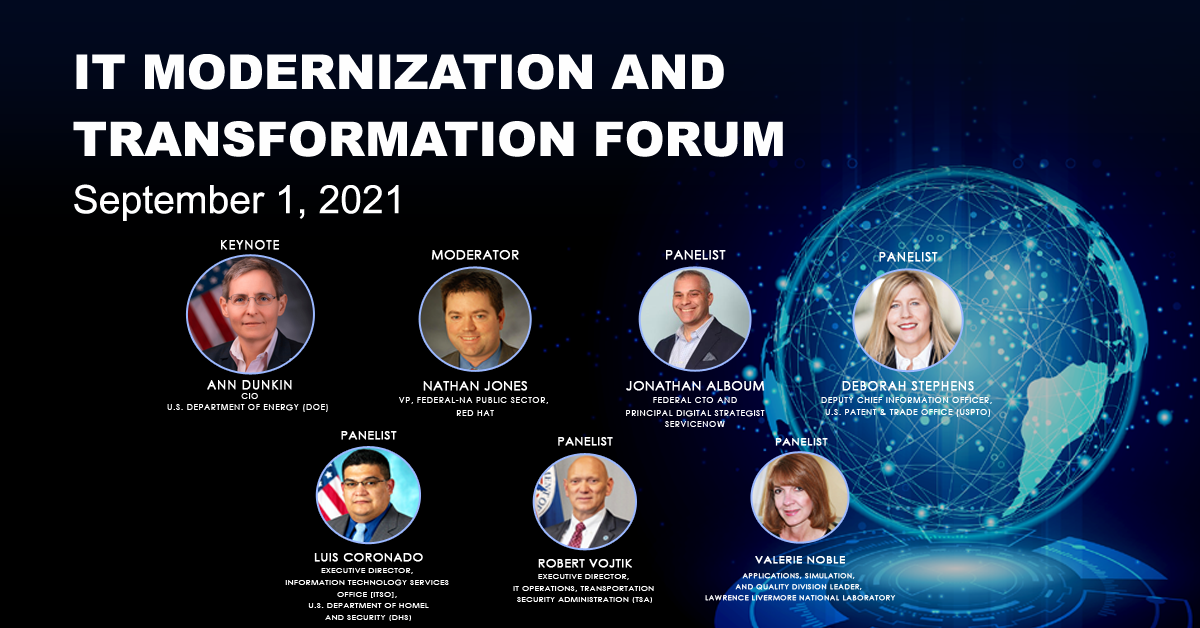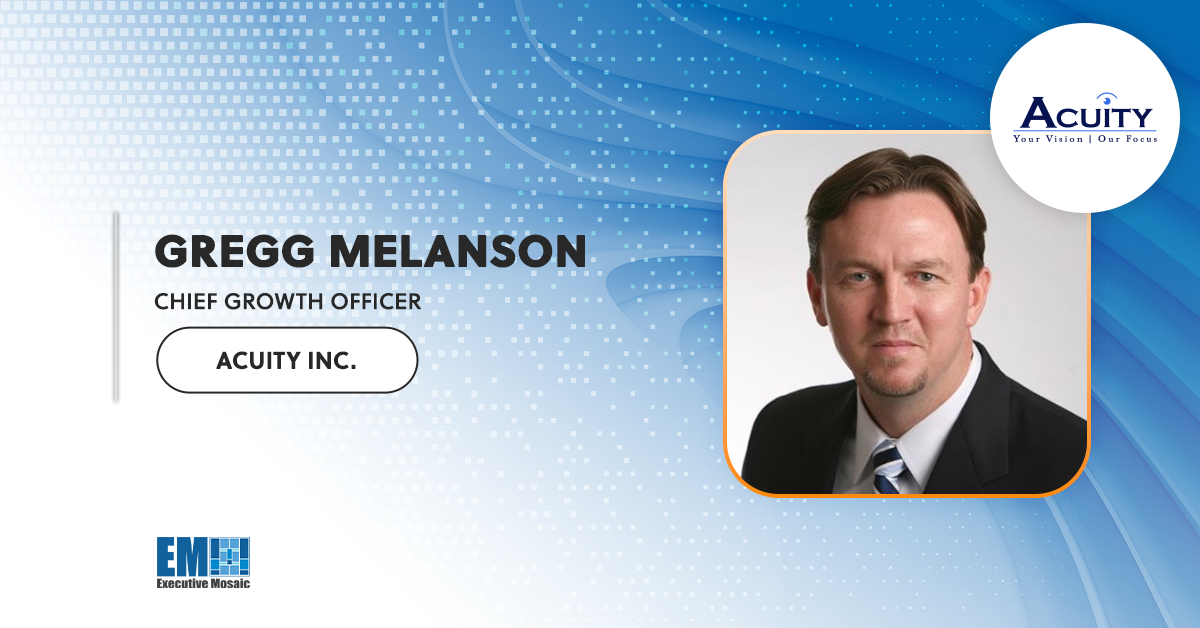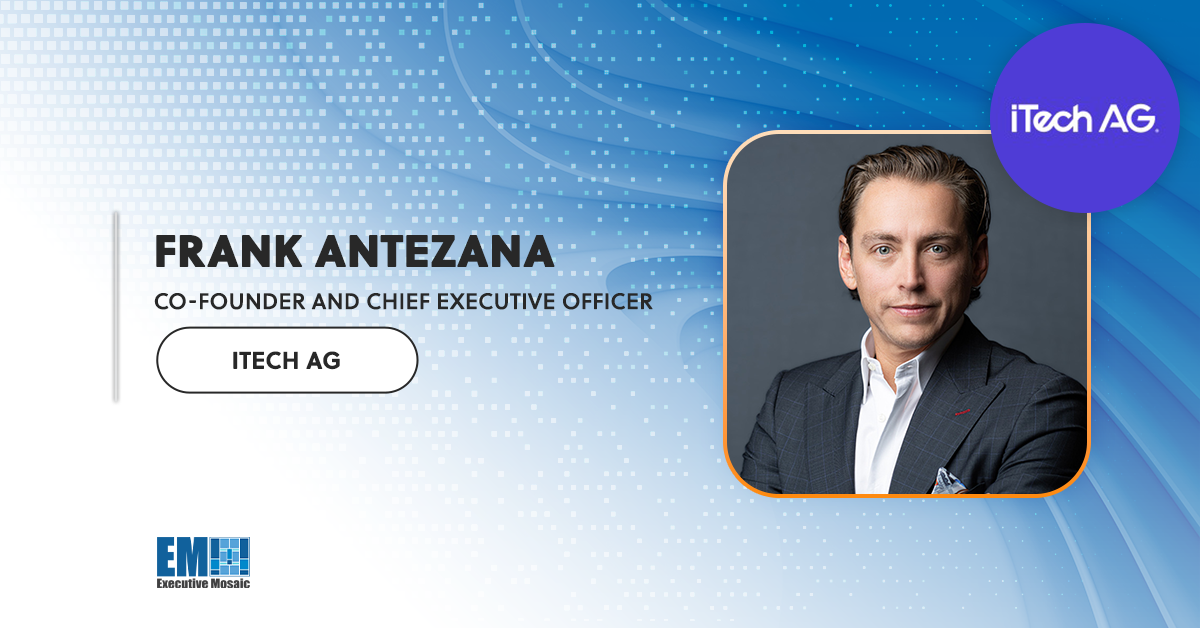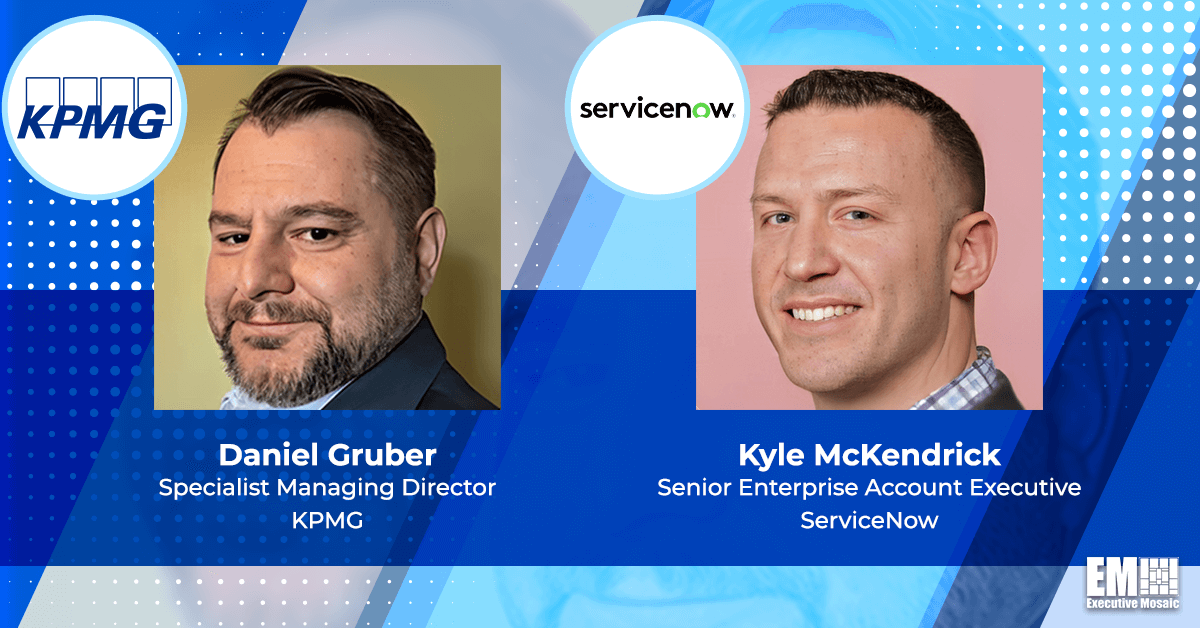GovCon Wire Events hosted its IT Modernization and Transformation Forum on Wednesday featuring Ann Dunkin, chief information officer of the Department of Energy (DOE), as the keynote speaker to discuss her goals, strategies and priorities for the DOE.
“We want to advance, as always, the use of technology. One of the things we do in the Office of CIO is to catalog and share DOE-developed technology internally,” Dunkin explained. “We want to aggregate the latest technology so it can be used within DOE. We’ll be able to communicate it throughout the department as well as the federal government.”
Following Dunkin’s keynote address, the Forum continued on to present a full expert panel to discuss the current set of challenges surrounding our cybersecurity systems, data modernization goals and IT transformation strategies.
Nathan Jones, federal vice president of Red Hat’s North American Public Sector, acted as the moderator for the panel featuring the following panelists:
Jonathan Alboum of ServiceNow
Luis Coronado of the Department of Homeland Security
Deborah Stephens of the U.S. Patent & Trademark Office
Robert Vojtik of the Transportation Security Administration
Valerie Noble of the Lawrence Livermore National Laboratory
Visit GovCon Wire Events to rewatch the IT Modernization and Transformation Forum on-demand and any other of POC’s forums that you may have missed recently.
As Nathan Jones opened the expert panel for the virtual viewers following Dunkin’s keynote address, he introduced Deborah Stephens, deputy chief information officer of the U.S. Patent & Trademark Office (USPTO), who opened the discussion with a look into the USPTO’s three key areas of technological innovation in cyber, data center migration and cloud adoption.
In addition, she discussed how the office’s people are working to their missions to establish data-driven decision-making processes along with the maturation of their agility and aligning their current set of products and product lines moving forward.
Next, Jones provided an introduction for Luis Coronado, executive director for the Information Technology Services Office (ITSO) with the Department of Homeland Security (DHS), who spoke about the work his office has been focusing on over the last year in network and data center modernization.
He also mentioned optimization, cybersecurity, data management, information sharing and more as key focus areas as well. Coronado also emphasized the importance of the user experience to reduce the burden of their services and ease the process of operations to make it as seamless as possible. As the panel continued, Coronado provided more context for these important areas of development.
Robert Vojtik, executive director of IT Operations for Transportation Security Administration (TSA), was the third panelist welcomed to the Forum. During Vojtik’s introduction to the virtual audience, he mentioned that the TSA has been modernizing and transforming its capabilities since he came on board in 2013, and it has been a constant focus to make major improvements.
The issue he brought up was that those improvements bring up questions about the budget, what the TSA has under contract, the latest shifts in the tech landscape and more. One of the core and more emphasized modernization efforts for the TSA has been for the cloud. Vojtik explained that while the TSA is slower and behind other agencies, it continues to build out its capabilities and is migrating more systems by the year to keep up with innovation to the best of its abilities.
Jones moved on to introduce Valerie Noble, application and information manager for the Nuclear Deterrence Program with Lawrence Livermore National Laboratory, as the fourth panelist. Her opening remarks touched on the application side of IT modernization and not the infrastructure side. Her focus is on the huge modernization challenges surrounding digital engineering strategy.
Noble set the stage for her vision and different angle of the conversation around the challenges of creating a vision for not just how to establish an integrated framework within their own site but to ensure a connected nuclear security enterprise and dug deeper into that as the panel continued.
Last but not least, Nathan Jones welcomed the fifth panelist Jonathan Alboum, federal CTO and principal digital strategist for ServiceNow, to the stage to present his first-hand experiences in the commercial industry after working in government for years. He reiterated Ann Dunkin’s thoughts from her keynote about the difference in the process between the two environments.
After all five panelists had finally been introduced and the table had been set, Nathan Jones led the discussion off with a look into the biggest challenges facing the modernization efforts for each of their agencies. That spawned one of the most informative conversations that can’t be missed if you want to remain informed about the ins and outs of our community.
Visit GovCon Wire’s Event Page to hear the full keynote address from Ann Dunkin and watch the full panel discussion.
On Sept. 14th, GovCon Wire Events will host its Space Acquisition Forum featuring a keynote address from Shawn Barnes, acting assistant secretary for the Office of the Assistant Secretary of the Air Force for Space Acquisition and Integration [SAF/SP].
During Barnes’ keynote address and a full panel featuring elite leaders in the federal landscape, including Space Development Agency (SDA) Director and 2021 Wash100 Award winner Derek Tournear, the Forum will explore the alignment of our current space acquisition goals with the current set of challenges in acquisition reform and modernization.
Visit GovConWire.com to register for the platform’s Space Acquisition Forum to learn more about the value of integrated space architecture and the importance of synchronization and integration for space capabilities.
Thank you for your continued support of the GovCon Wire Events and we hope to see you at the Space Acquisition Forum on Sept. 14th.







